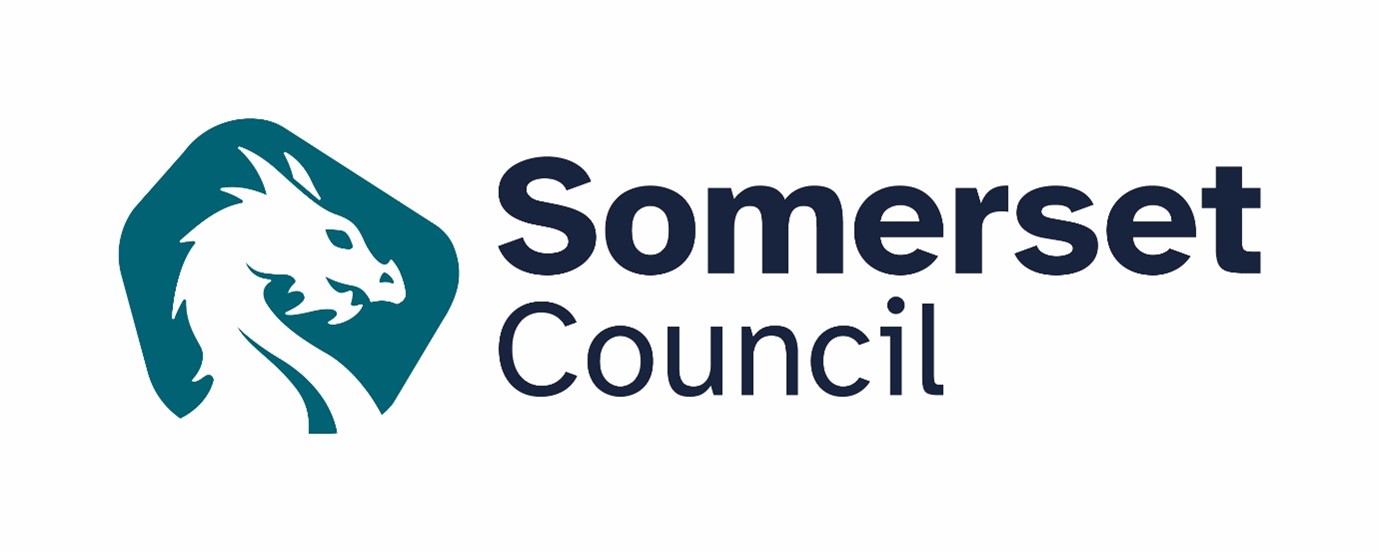Meeting documents
SCC Scrutiny for Policies, Adults and Health Committee
Wednesday, 8th May, 2019 10.00 am
- Meeting of Scrutiny for Policies, Adults and Health Committee, Wednesday 8th May 2019 10.00 am (Item 181.)
To receive the report.
Minutes:
The Committee considered a report and presentation from the South Western Ambulance Service. This service covers the whole of the South West, has 4,500 staff and has two Call Centres (Exeter and Bristol). The Service has undergone a transformation from a target driven service to one where the national standards are set in the interest of saving lives and supporting patients.
All calls to the ambulance service are assessed and given a category and each has a different target response time. These are as follows:-
|
Category |
Response time |
Examples |
|
1 |
Average 7 minutes (90th centile less than 15 minutes)
|
Time critical life threatening event needing immediate intervention |
|
2 |
Average 18 minutes (90th centile less than 40 minutes) |
Potentially serious that may require rapid assessment, urgent on-scene intervention – urgent transport. |
|
3 |
Average 60 minutes (90th Centile less than 120 minutes) |
Urgent problem needing transport to relieve suffering |
|
4 |
Average 60 minutes (90th centile less than 120 minutes) |
Problems that are not urgent but need assessment and possible transport. |
|
5 Hear and Treat – Clinician supported home management |
90th centile less than 180 minutes |
No ambulance required but ongoing referral or attendance of other provider in accordance with local plans. |
When the number of calls in each category was mapped across the region it was clear that there was insufficient resource to meet this target timescale for each category. There has been a release of £19 million over the next two years to invest in new vehicles and staff. Unlike some parts of the NHS the Ambulance service has been able to recruit trained paramedics and relevant support staff. There has been a low turnover of staff which has helped. There is also a valuable volunteer base offering a lifting scheme associated with the emergency Piper response alarms. The introduction of a GP 999 car has proved very successful and will continue.
The Committee welcomed the report and during discussion the following areas were covered: -
· The close working relationship with other emergency responders such as the Fire Service. The Committee were interested to know if there could be even closer working such as training the Fire Service responders to undertake some basic paramedic training.
· The availability of defibrillators in the community and the mapping of their availability. The Committee heard that the Ambulance service do record the location of all defibrillators in the community if they are made aware of them. The Committee asked how they were used and if the clock stopped once it was established that a defibrillator was available and someone on scene was being talked though using it. It was confirmed that the clock did not stop in this scenario.
· The Committee were interested in the capture of information around ‘fall out rates’; when people decide to transport to A&E themselves. They were informed that this was not centrally collated but if there was a concern it would be tracked and logged.
· The Committee were concerned that an elderly person lying on the floor, with perhaps a broken hip, would be categorised as Category three or four. This means that the target is to get there within 2 to 3 hours. This can be very distressing for both the patient and the family. With limited resources it is necessary to prioritise to respond to the greatest threat to life and this can be difficult for those not given the highest priority.
· There was some discussion about ‘adverse incidents’ and the number recorded in Somerset. The Committee were informed there had been one in January 2018 and that under resourcing was raised as part of the concern.
The Scrutiny for Policies, Adults and Health Committee:
Noted the Contents of the Report, welcomed the investment in the service and asked for a further update once the new vehicles are in place.
Supporting documents:
